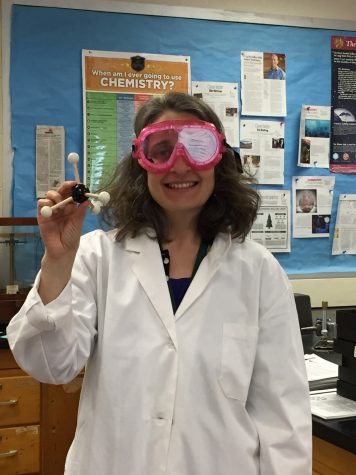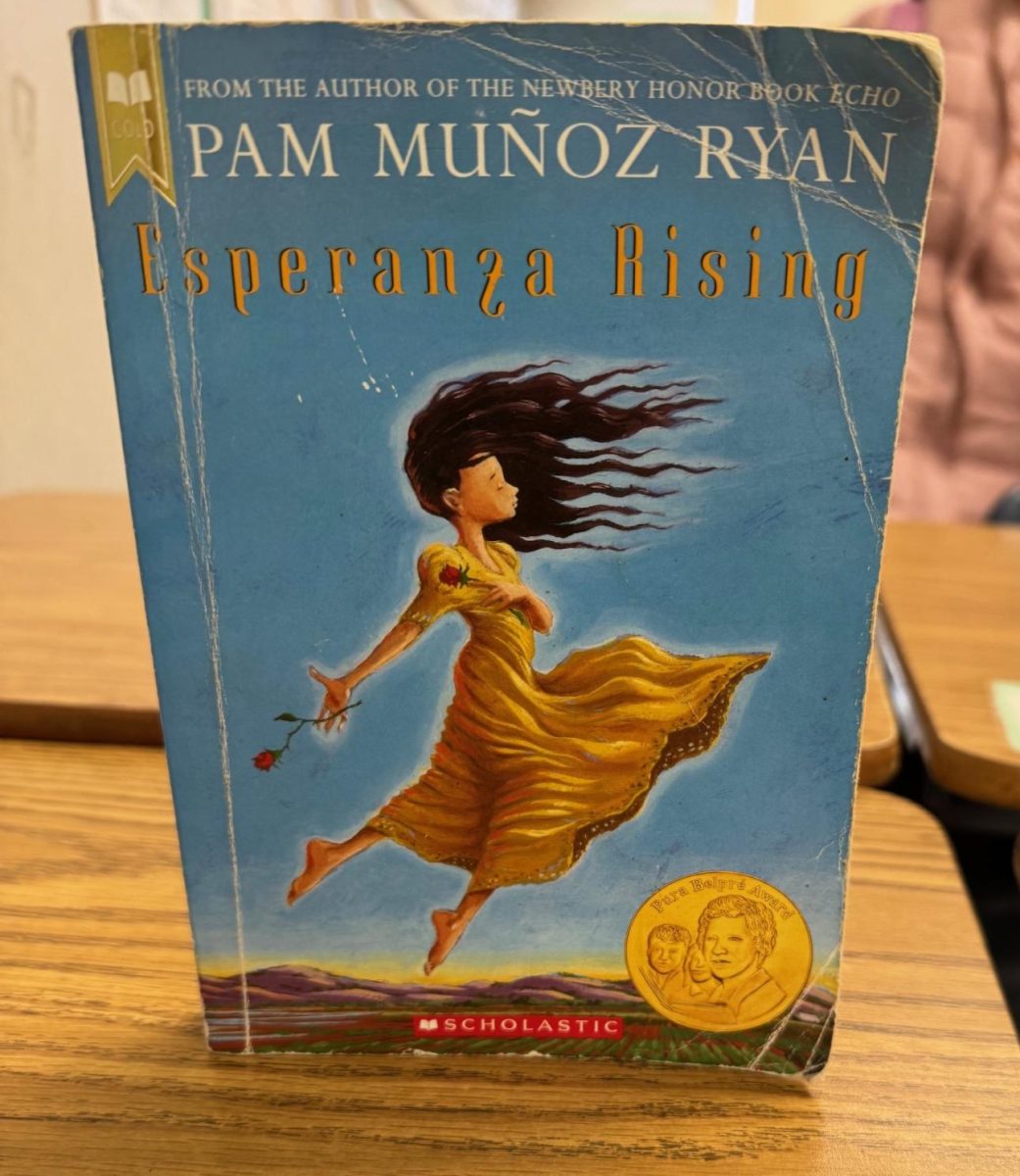What’s the Science Behind 2017’s Bizarre Weather?
April 24, 2017

Some strange things are happening in
early 2017, none more strange than the way the
weather has been an up and down rollercoaster
of sunny days and forecasts of snow. It was one
thing to have a snowless Christmas, but as we
went further into January, the moderate temperatures
and lack of snow were very strange.
February was especially a month of wacky
weather with high temperatures in the 60s, to
rain, and possibly snow all in the same week. It
seems as if Mother Nature can’t decide between
giving the East Coast a winter or spring.
One particular factor contributes to
2017’s peculiar weather: climate change. Dr.
Masciangioli, an eleventh grade Chemistry
teacher here at Falls Church, describes it as
“An unusual change in climate patterns, which
include precipitation, temperature, humidity,
wind, and seasons. Increasing levels of carbon
dioxide and other heat-trapping gases in the
atmosphere have made the Earth warmer and
are causing several dangerous impacts, like rising
sea levels, melting ice and snow in polar regions,
fires and droughts, flooding, and extreme
storms.”
Climate change is affecting us in several
ways, some less serious than others. Dr.
Masciangioli explains that “Many people living
in urban areas of the country are experiencing
floods and must vacate their homes.” She also
explained how climate change affects animals: “Polar bears are in danger because of the rapid
melting of ice in the Arctic.”
Unfortunately, climate change is here
to stay for a long while, but there are things we
can do to prevent things from getting worse.
Dr. Masciangioli encourages students at Falls Church to “take action on the road to reduce car
pollution and make changes at home to be more
energy efficient. If you’re willing to put in the effort,
you can contact political representatives or
start online petitions.” Steps like these really add
up if we all do our part.




